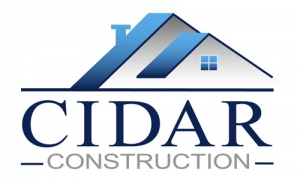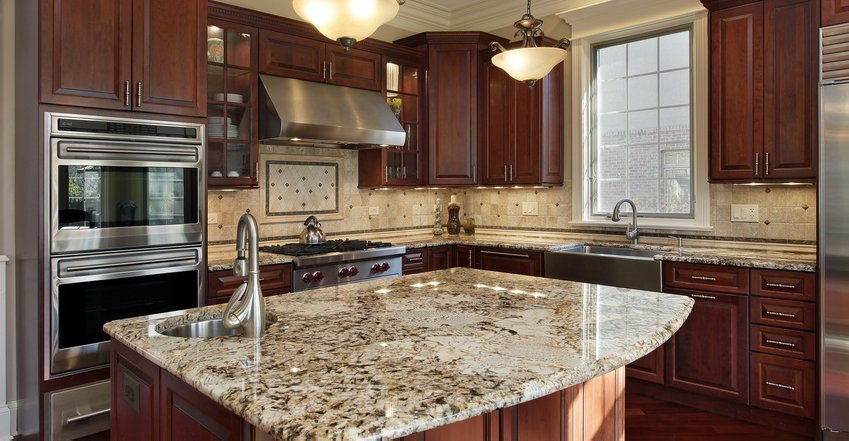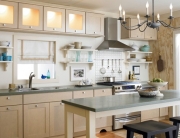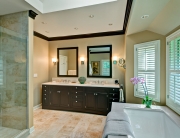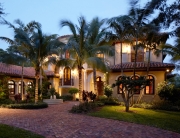If you are remodeling your kitchen, one of the big questions you are asking is what is the best kitchen counter option for your needs? The kitchen counters is one of the biggest elements to your kitchen because of it’s heavy use and visual impact on the overall design. Selecting the right counter top is very important in meeting the utility requirement of your kitchen and the way the counters look will carry a large portion of the look and feel of your kitchen.
For the best choice of kitchen counter top material, plan to spend a big portion of your budget getting the right solution.
Here is a break-down of the various popular kitchen counter materials as listed in the Consumer Reports Kitchen Planning & Buying Guide:
1. Quartz
Cost. $2,240 to $5,600
Pros. It mimics the look of stone yet needs less maintenance. Hot pots, serrated knives, abrasive pads, and most stains were no match for quartz, which is a combination of mineral, color, and resin. It comes in vibrant colors in addition to patterns that look like granite and marble.
Cons. Edges and corners can chip, and you’ll need a pro to repair them. Rounded edges help.
2. Granite
Cost. $2,240 to $5,600
Pros. Each slab of this natural material is unique; rare colors and veining cost more. Heat, cuts, and scratches didn’t harm granite in our tests. Polished and matte finishes resisted most stains when properly sealed, so pick the look you prefer.
Cons. Periodic resealing is needed to fend off stains. Like quartz, edges and corners can chip and must be professionally repaired.
3. Soapstone, limestone, and marble
Cost. $2,800 to $5,600 (soapstone or limestone), $2,800 to $8,400 (marble)
Pros. Soapstone isn’t as common as granite, and it’s superb at resisting heat damage. Small scratches can be repaired by sanding finely and applying mineral oil. Limestone (pictured) and marble are classic materials. Limestone also has a natural-stone look without heavy veining or graining and it resists heat.
Cons. Soapstone nicks, cuts, and scratches easily, and some stains are too tough to be washed away. Limestone and marble also have those drawbacks, and heat damages marble.
4. Laminate
Cost. $560 to $2,240
Pros. Inexpensive, easy to install, and so much better-looking than you probably remember, thanks to new printing technology and decorative edges. Stains and heat didn’t damage the laminates we tested.
Cons. Cutting directly on it easily and permanently damages laminate, so use a cutting board.
5. Solid surfacing
Cost. $1,960 to $5,600
Pros. Available in a variety of colors and patterns, it can be used for counters, sink, and back splash, creating a seamless look because joints are almost invisible. And like quartz, its color won’t vary much from the store sample. Solid surfacing is resistant to most stains, and small nicks and scratches can be repaired.
Cons. It scratches and cuts easily, so a cutting board is a must.
6. Recycled glass
Cost. $3,360 to $6,720
Pros. Large shards give it a fun, contemporary look; finely ground glass makes it less busy. Most glass counters we tested resisted stains, cuts, scratches, and heat.
Cons. It’s the only material for which we found a difference among brands. Cosentino’s Eco counters were the only ones that developed a thin crack during our heat tests.
7. Butcher block
Cost. $2,240 to $5,600
Pros. It adds warmth and is easy to install and repair, but the finish makes a difference. Varnish improved stain resistance, but penetrating oils diminished it.
Cons. Nicks and scratches can easily happen, though they can be sanded out.
Here is a list of counter materials selected by popularity last year:
Quartz—88%
Granite—83%
Marble—43%
Solid surface—43%
Butcher block—35%
Other wood—29%
Other stone—26%
Recycled counter tops—22%
Stainless steel—17%
Concrete—13%
Glass—11%
Tile—6%
Surprisingly, manufactured Quartz surpassed Granite last year, most likely due to it’s low maintenance requirement of no sealing. The downside to quartz is it is not heat tolerant and the resins used are petroleum by-products that are mined under toxic conditions in developing countries.
In contrast, granite is very durable, stain and heat resistant and comes in a huge array of natural unique rock colors. The only real down-side to granite is that you should reseal it annually which is a small, inexpensive do-it-yourself maintenance job. The resell home improvement value of granite far outweighs the small maintenance required to protect and lengthen its original, natural beauty.
Marble comes in at #3 in popularity but is softer then granite. It’s beauty is hard to beat but at the price of having kitchen counters that can scratch and are not as durable as granite.
A fairly new player on the kitchen block so to speak is the butcher block kitchen counter option. Butcher block kitchen counters are typically less expensive then granite, quartz or marble but comes at a maintenance price. To maintain, it needs to be sanded and oiled bi-annually.
The other kitchen counter trend worth mentioning is concrete counters. This newer option is especially popular when creating a modern, industrial look to your kitchen. When sealed properly the concrete counter is heat resistant and durable. A down side to this option is that even with proper sealing, oil and moisture can make your counters look wet and spotted where there was food preparation and clean up.
Cidar offers all kitchen counter top solutions and provides consulting on selecting the best option for you and your family. Give us a call today to schedule a time we can review the options, pros and cons of each material and help you determine the best course of action for your kitchen upgrade.

